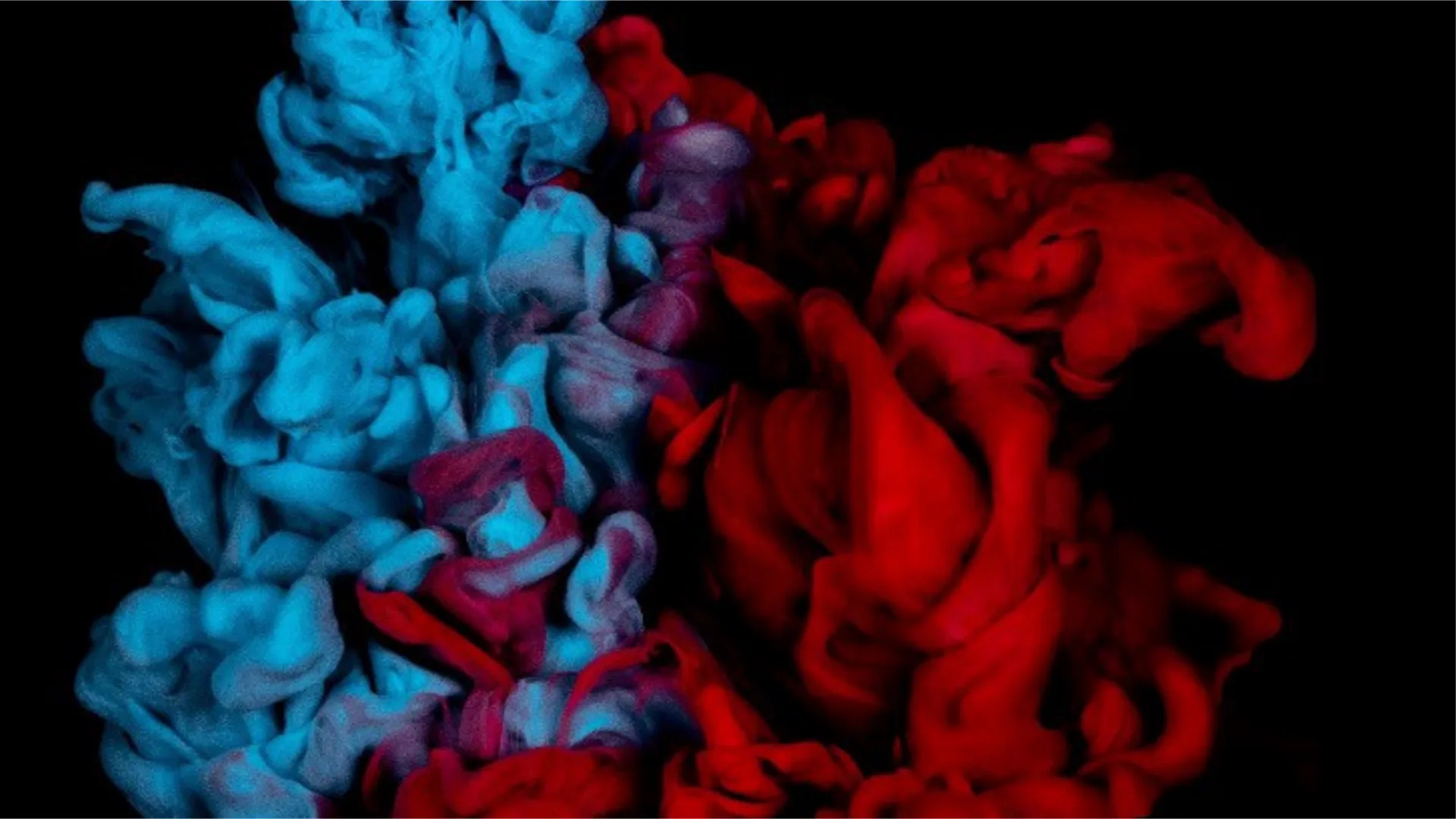The grass called to shape tourism
September 19, 2019Photographers are obsolete. Are they?
October 4, 2019
What happens when you hire creative writers to make up stories about cheap trinkets, and they post these stories along with the items online for sale on e-bay? This was exactly what Rob Walker and Joshua Glenn did as part of their storytelling experiment, Significant Objects.
Significant Objects was a literary and anthropological experiment to demonstrate that the effect of narrative on any given object’s subjective value can be measured objectively. For the experiment, Walker and Glenn asked 100 creative writers to invent stories on cheap items and then sold them online to see if the stories enhanced the value of the objects.

STORYTELLING BRAINS
Humans have storytelling brains, and that’s key to understand how we relate with others, our surroundings, and everything in general. We understand our world through stories, we connect with them, stories guide our beliefs even our memories. Stories are more powerful than we are conscious of in our daily lives.
Significant Objects was a literary and anthropological experiment to demonstrate that the effect of narrative on any given object’s subjective value can be measured objectively.
As part of our human-centered workshops at Business as Unusual, we have been working with advertising and marketing students for the last years teaching them what we call The Art of Storytelling. One of the exercises we give our alumni during the 1st day of the workshops is a couple of lists of random words with simple instructions. When exposed to the 1st list of 10 words, we ask them just to memorize the words and write them in their notebooks. When exposed to the 2nd list of words, we ask them to create a story in their minds with those words and then write them in their notebooks.

When writing the results of the exercise right after being exposed to the lists, the results are not that much impressive: most of our students are able to record on their notebooks an average of 6–7 words from the 1st list and 7- 8 words from the 2nd (“storytold”) list. The surprise for the whole class comes when we ask them the next day to write again the 2 lists of words from memory. The 1st list memories go down to 3–4 words, while the 2nd exercise involving storytelling remains in the same average of 7–8 words, recalled almost perfectly.
Now, the real surprise for us was an empirical and incidental experiment. As a norm, we create a Whatsapp group with every cohort of students we manage, to share findings, value, information, and basically to keep in touch. In one of those groups, one of our students said that he was impressed of how he still remembered the full list of “storytold” words from the exercise, 2 years after the workshop! We dug a bit with other students just to find out that most of them still remembered almost the same amount of words from the 2nd list (7–8) while they couldn’t even remember 1 word of the random 1st list. We discovered they didn’t really remember any of the words, they remembered the stories they created for themselves.
We discovered they didn’t really remember any of the words, they remembered the stories they created for themselves.
STORYTELLING IN MARKETING
Storytelling has been used successfully by marketers through history. That is exactly what brands are about. What marketers call the “brand equity” is not more than the sum of stories, experiences, beliefs and emotions artificially associated to a name or symbol we relate to. Don’t believe us, but see for yourself these 2 examples:

ROMAIN JEROME has been creating luxury wrist-watches for decades. On average they sell their watches at us$ 5k — 6k. But they have created a special collection in which they added a rusty piece of metal, to sell it for us$ 60k per unit. Where did this rusty piece of metal came from to add so much value to a watch? Well, it is a tiny piece of the hull of the Titanic, and it’s worth it.
Going less superfluous, let’s dive into the world of TOMS Shoes. While every other espadrille manufacturer is fighting to sell their own products at us$ 1 per piece, with no real differentiation between brands or quality, TOMS has found a formula to sell them successfully at us$ 60 each. How did they achieve that price elasticity? They have positioned their mantra of ONE FOR ONE, that is, whenever you buy one pair of TOMS, they will give a pair of the same shoes to a poor kid in an undeveloped country with no access to shoes. So while every other company sells commoditized espadrilles, TOMS has transferred their value equation to another arena: they sell people the opportunity to feel a better person, and let everyone know else they are good persons (the so called eco-bragging).

NO STORY, NO GLORY!
Measured and proven now by Ivan Babic
Stories are fundamental on how we see, assess, relate, and value everything in our lives. Stories can give meaning to the most things, transform the ordinary into extraordinary. Through storytelling, a vulgar object becomes something we relate to, a venerable subject worthy to see, worthy to share with others and show off.
And in case you were wondering how the Significant Objects experiment went: the net results of the 1st batch of items, whose total cost was us$ 128.74, were sold in the incredible sum of us$ 3612.51, that is 28 times their original market value. And similar results have been achieved in further batches of the experiment.
That is, my friends, the net value of a story well told, objectively measured by the people of Significant Objects.
This is a story of the Furutist Club
by Science of the Time
Written by: Ivan Babic
“If everything you do, you do it FOR THE GOOD OF THE PEOPLE, you will find the congruence in your life that allows you to create desirable and profitable world-class business ideas, and become a better human being in the process”. If you agree with this, let me introduce you to Ivan Babic.
Partner in Innovation and Founder at Business as Unusual, international speaker and a great storyteller. You must talk to Ivan if you want to challenge the paradigms of your organization at all levels. Expert in Marketing & Innovation, Entrepreneur and Startups Developer, he has created several methodologies and models applying the principles of the HUMAN-CENTERED approach and DESIGN THINKING to create new ways of doing business.

With more than 20 years of a very fun, exciting and successful career in creative industries, and with some failed startups of his own, he learned the hard way the lack of common sense in the business world. “After years working with clients of all sizes in Venezuela, Spain & Mexico, I realized almost everyone was missing the same thing: GOOD IDEAS. Everything seemed to be about finances, structure, technology and communications. They all had the pressure to innovate, but didn’t know where to head to.”
“The value equation happens inside people, it’s a multifactored subjective arithmetical formula. So, creating value is a combination of art and science. The art of understanding people, the way they think and behave, their beliefs and what they need. And the science of generating solutions to those problems, generating hypothesis, validating, iterating and collecting data to support it.”
Creator of ENTREPRENEURAS.COM a comic about the funny world of entrepreneurship & startups, and co-author of BEHAVIORAL TRENDS, a human-centered innovation & value creation game. He studied Communications at Universidad Católica (Venezuela) and is Master in Business Entrepreneurship from the Universidad Politécnica de Madrid (Spain).
His favorite words: WHAT IF…
In collaberation with




